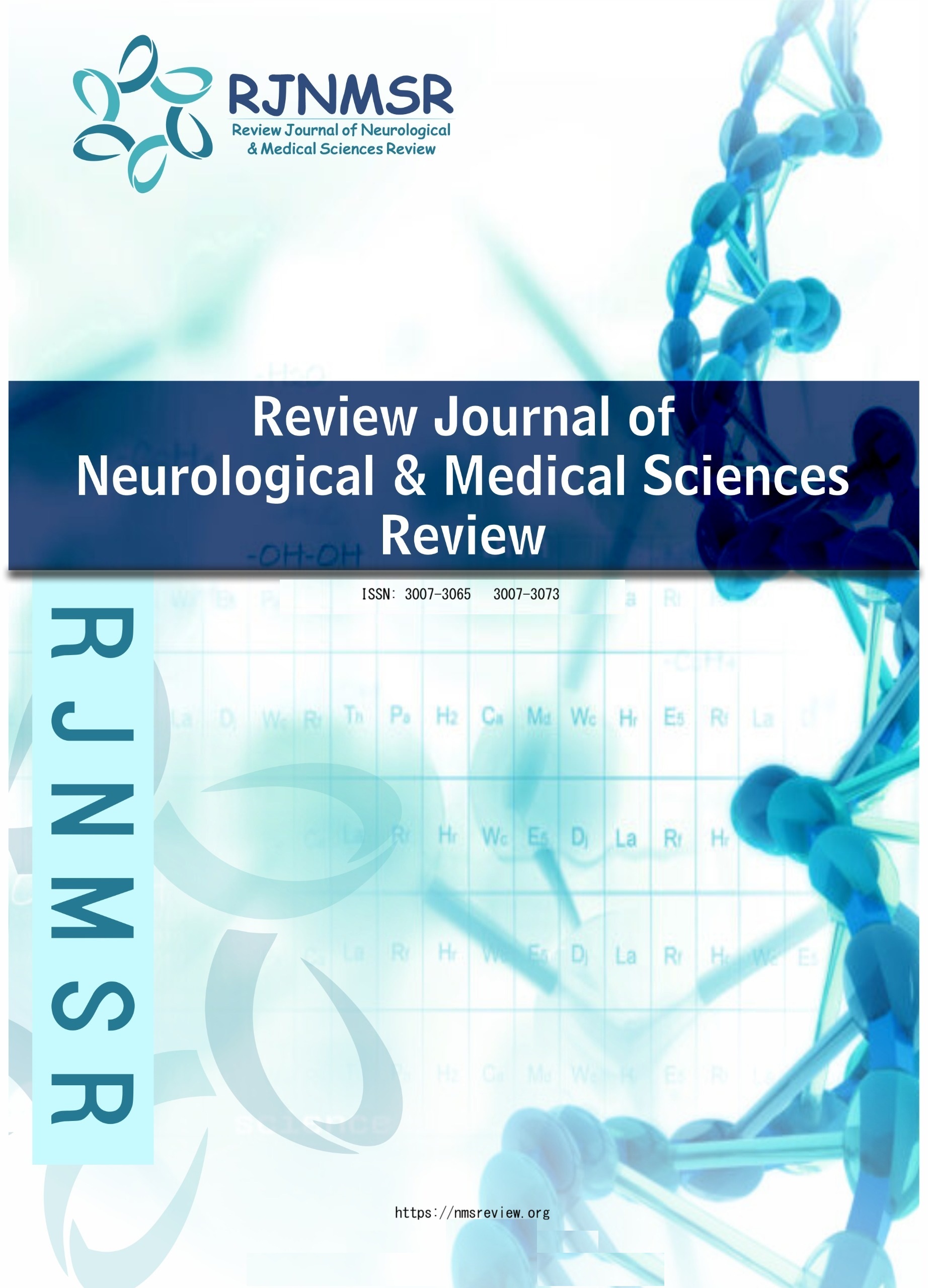HEMOADSORPTION DEVICES DURING CPB
DOI:
https://doi.org/10.63075/fz55yz94Abstract
Cardiopulmonary bypass (CPB) has been a paradigm shift in cardiac surgery, in the sense that, it has allowed the complex surgeries to be undertaken, the way, nonetheless, it is strongly associated with, triggers systemic inflammatory reaction, which has affected the occurrence of peri-surgery morbidity, vasoplegia, organ non-delivery, and unsuitable outcomes. Conventional pharmacological and technical measures have had limited success in reducing this reaction and this leads to the need of adjunctive treatments. Hemoadsorption is now also an attractive intervention, targeting the removal of circulating cytokines, endotoxins and other mediators directly and through the use of an adsorption-based cartridge, such as CytoSorb(r), HA series, or OXiris(r). There has been evidence in clinical studies that demonstrate that cytokine clearance has been effective, in improving hemodynamic stability and curtailing vasopressor requirements, particularly in-patient at-risk groups. Nevertheless, extensive randomized controlled studies are still inconclusive, demonstrating a biochemical response, but not a stable effect on such hard outcomes as death, acute renal failure, or intensive care unit hospitalization. The therapeutic tool is mostly safe, however, the question of heterogeneity of the devices, patient selection, and the cost-effectiveness restrain its popularity. Biomarker-directed stratification standardized clinical endpoints, and combination with multimodal strategies are the future directions as a part of a precision medicine approach. All in all, hemadsorption is a developing yet not quite conclusive addition to treating CPB-induced inflammation and can serve to transform the perioperative care once the evidence base grows.
Keywords: Cardiopulmonary bypass, systemic inflammatory response, hemoadsorption, cytokine storm, cardiac surgery.

